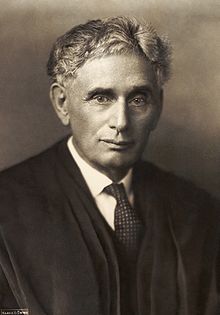
“…a single courageous State may, if its citizens choose, serve as a laboratory; and try novel social and economic experiments without risk to the rest of the country.” USSC Justice Brandeis
Us dang Idaho citizens foisted Medicaid expansion on a reluctant legislature through the initiative, Proposition 2 in 2018. For a couple years now all they have been doing is pounding sand. First, they tried adding on every limit the Freedom Foundation told them to: work requirements, private option, sorting out the sick. This was after the Freedom Foundation’s lawsuit to overturn the initiative failed. Now, in a supreme act of petulant pouting, legislators have tried to virtually eliminate the tool we used, the Constitutional initiative process.
Instead of reading the landscape and trying to figure out the best process, they want to turn the clock back. I suggest, forget trying to invent the flux capacitor; get to work on some real public policy experiments.
They have the data. You do too. Thanks to the Idaho Department of Health and Welfare sharing public information (which legislators are reluctant to do), we can study the information and make some suggestions for some courageous experiments.
Do you get a sense these legislators are more interested in keeping their seats than serving the citizens? But that’s a different rant.
After just six months of Medicaid expansion enrollment data, a study was presented to the Idaho legislature about what was happening. There was no legislation, no policy reactions, no meaningful comments after last December’s presentation.
So, let’s look at the information ourselves.
First, enrollment is a bit ahead of the expected numbers. We did have a significant economic downturn what with the Covid shutdowns and bump in unemployment. I don’t find those numbers alarming. Honestly, I can’t believe the economic gurus sitting on a $800M 2020 surplus in Boise are much alarmed either. But the hand wringing will continue about paying for 10% of the costs. Remember, Idaho pays 10% of expansion costs, the federal government prints the dollars for the 90%.
One of the beauties of Medicaid is that the data about where the money goes is open for us to scrutinize. Somebody should: maybe our elected representatives?
No, they want to fight off the CRT boogeyman, so I guess it’s up to us.
Let’s drill down.
The first six-month data shows the Per Member Per Month costs. PMPM is a useful number to understand. If you pay $300/month for your health insurance and your employer pays $400 and you don’t pay any copays or deductibles, your PMPM is $700. Add in all the annual copays/ deductibles/ out of pocket costs and divide by 12 and then you have the full PMPM.
The Idaho Medicaid Expansion population in that first 6 months sat at $517 PMPM.
In Idaho, Medicare PMPM (remember, older, more expensive) is $707PMPM.
Where did that big chunk of money go? The folks who studied that population for the first six months noticed some interesting things.
Idaho Medicaid Expansion enrollees had spinal fusions at a rate 5X that of comparable expansion states. Their length of stay in the hospital was shorter, but the greater number added $6.50 to the PMPM.
100,000 Medicaid Expansion enrollees x 12 months x $6.50 = $7.8M
Expansion enrollees got general physical exams from specialists, not their primary care physicians. This added about $.80 PMPM, or $960,000.
They looked at knee and shoulder arthroscopic surgeries ($1.80 PMPM), hip replacements ($2.67 PMPM), and a lot of others. Each penny adds up.
If you want to control health care costs you have to find the tools and be willing to use them. The variability and waste in health care spending has long been known. Let’s get to work on it. Be courageous.
